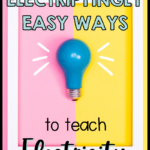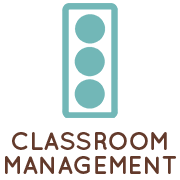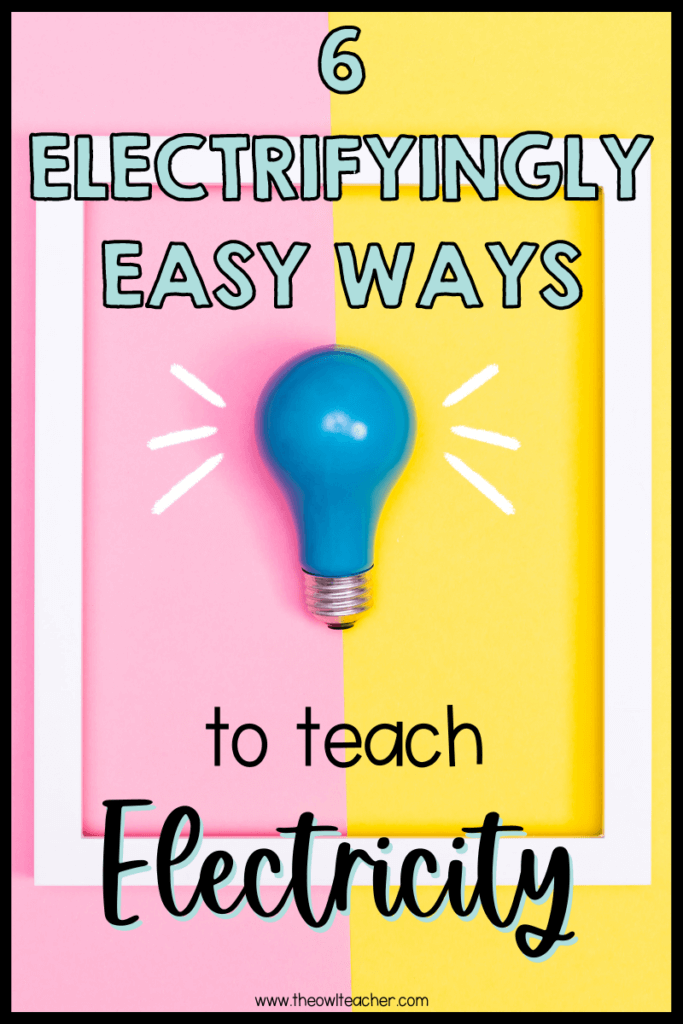
Electricity is amazing. Even at my age (though I’m not that old!), the concept never ceases to excite me! Children, too, in their wide-eyed wonder, seem to be in awe of how electricity works. While this may call for a scientific explanation, we don’t have to go there quite yet–let’s not bore them with the specifics! Instead, here are some ways to spark your creativity in presenting and teaching electricity to our young scientists.
It won’t be long before your classroom is alight with both electricity and the joy of knowledge on your students’ faces!
1. Online Interactive Electricity Games
Let’s face it: now more than ever, we are in the era of technology. But, hey, we’re teaching about electricity, so maybe that’s not a bad thing! Thanks to how prevalent technology has become in the classroom, a plethora of educational games and resources have cropped up all over the world wide web. Plenty of these games can teach different topics about electricity while engaging students and, dare I say, allow for a bit of fun!
With so many options, however, it’s easy to get overwhelmed. If you just want a quick link to a worthwhile resource, check out this informative game: The Blobz Guide. It explains the topic in a clear and concise manner before the game, gives simple instructions, and is completely independent–the kiddos can do it by themselves. Students can also choose for themselves which activity they would prefer: read the information about electricity, play the electricity game, or answer the electricity quiz.
2. Online Slideshow
Talk about variations on a theme! Since technology and electricity go hand-in-hand, let’s try checking out another internet resource (and a free one, at that!). You know I’m all about saving you time, so consider presenting a pre-made slideshow that children could easily understand. Check out others, too, that you can use as a reference for your own slideshow.
Slideshows are very effective to capture students’ attention and retention. While these presentations can get a bad rap, that shouldn’t stop you from using them, so long as you do so effectively! Keep your slideshows concise and use pictures, short phrases, or keywords to engage students. And, hey, don’t be afraid to use those silly animations or wacky sound effects!
You may opt to have a discussion after the slideshow or a quiz to check students’ understanding.
3. Observing Nature
Is there a better way to teach about lightning and its relationship to electricity by actually seeing it happen in the skies?
Well, alright, I suppose that idea is a little far-fetched.
Thankfully, there are tons of videos online that can supplement your explanation. These videos will provide you with the opportunity to show your students how lightning and electricity are related. This helps reinforce electricity as a concept in nature, too, rather than a man-made idea.
When it comes to nature, don’t think that lightning is your only hope! You can also use a multimeter to show students what other things in nature have electricity, whether minimal or lethal. Try to measure the electrical levels of the ground, trees, grasses, water, and other natural things you may think have electricity. Then, you can encourage an open discussion as to why other things in nature do not conduct electricity.
4. Doing Experiments
If you’re looking for an instant classroom classic, here we go! Hands-on activities like experiments are so important in the science classroom! Children love to get their hands busy, and having them build or create something increases not only their attention, but also their memory.
Let’s start with batteries. One of the most common experiments–but still an excellent one!–is the fruit/vegetable battery replacements. This experiment shows actual voltage of different citrus fruits as well as a potato. You may choose or create your own list of fruits and veggies, but make sure most of them are citrusy. Citrus fruits contain acid, and batteries have acid to conduct electricity better.
If you’re interested in an in-depth look at this experiment, you’re in luck–I wrote a blog post on that exact thing! You can check out my previous post, “Teaching Electricity with Pickles,” for more information. If produce isn’t your cup of tea, though, no worries! I’ve got a few more tricks up my sleeve.
The famous balloon-and-hair experiment is still a crowd pleaser to this day. If you aren’t familiar with it, there are a plethora of examples online, such as this video. You can use the balloon experiment to teach about static electricity, movement of atoms (electrons), and about positive and negative charges.
If you’re looking for something on the more technical side, you can try your hand at building circuits with electrical lines, magnets, wires, batteries, and other electrical materials. In fact, if you’re feeling particularly adventurous, you can even throw everything together to make these totally stylish light-up vests! The best part? It’s a STEM project!
Remember, though: always, always practice caution when handling things that can cause harm if used improperly!
Whichever experiment you choose, you’re free to swap materials and change up as you desire. For instance, in the fruit/veggie replacement batteries experiment, you may let the students suggest other things they can use. In the balloon experiment, you can add a bit of challenge by including water, walls, or boxes and seeing if the rubbed balloon can still attract the material.
5. Visiting Museums
Museums can offer a wide range of activities and information about electricity. You can organize a one-day field trip to the nearest museum about electricity. The SPARK Museum of Electrical Invention is one museum specifically built to house all electricity topics.
If visiting a museum isn’t feasible for your class, that’s totally okay–you can host your own exhibits! Divide your class into groups and assign each their own group project, such as the experiments listed above. You can then have each group “display” their project. Not only will students have the opportunity to participate in a project, but they will also have the chance to explain what they did and how it is related to electricity.
6. Role-Playing
For younger kids, let them meet certain electricity celebrities by doing a role-play. Give each student (or partner pairs/groups) a designated scientist or inventor, have them research about them, and let them introduce the scientist/inventor in class in full costume and dialogues.
You may even try to encourage students to ask the “electrical celebrities” about their discovery in electricity. This could be your discussion part. It will also help students know the scientist more and appreciate their works!
Or, for a simpler role-play idea, encourage students to imagine themselves as an inventor. What would they invent that conducts electricity? Or would their idea create electricity instead? The sky’s the limit!
Whether your goal is to build upon students’ prior knowledge about electricity, or if you’re introducing the topic in a brand-new way, find the best ways to teach your students about it. No one knows your classroom like you do, after all. And with how prevalent electricity is in this new age, you’ll want to lay a solid foundation to foster understanding in their daily lives.
Now, it’s time to make like lightning and bolt!

















